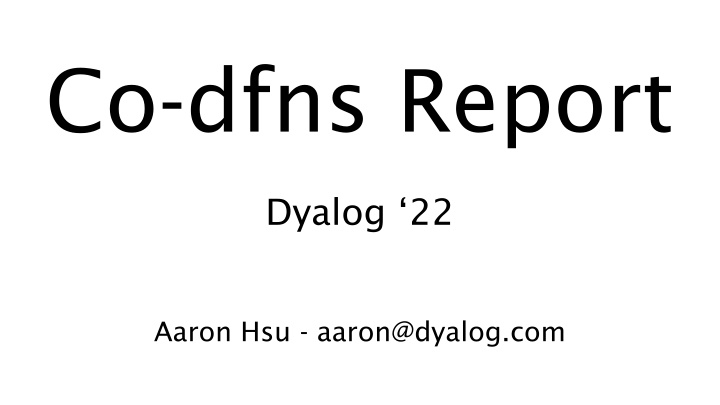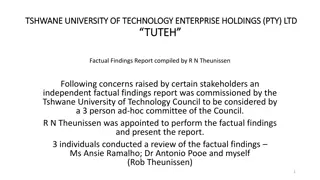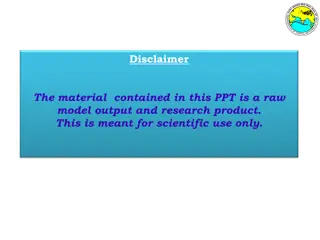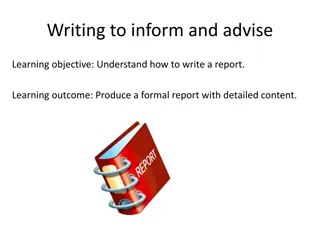
Enhancing APL with Co-dfns: Revolutionizing Scalability and Accessibility
"Discover how Co-dfns is transforming the APL language to be more scalable and accessible. Explore parallelism, domain-specific applications, and improved error handling. Use APL everywhere for faster data processing and seamless integration."
Download Presentation

Please find below an Image/Link to download the presentation.
The content on the website is provided AS IS for your information and personal use only. It may not be sold, licensed, or shared on other websites without obtaining consent from the author. If you encounter any issues during the download, it is possible that the publisher has removed the file from their server.
You are allowed to download the files provided on this website for personal or commercial use, subject to the condition that they are used lawfully. All files are the property of their respective owners.
The content on the website is provided AS IS for your information and personal use only. It may not be sold, licensed, or shared on other websites without obtaining consent from the author.
E N D
Presentation Transcript
Co-dfns Report Dyalog 22 Aaron Hsu - aaron@dyalog.com
Make APL more scalable/accessible
How to APL + Where to APL
Use APL everywhere
Data-parallel tree processing
Data-parallel Parser + Code-generation
Much faster (62) Error handling Ambiguous APL Type inference Language features Input types
codfns.PS':Namespace' 'X5' 'F{Y3 X-+Y}' ':EndNamespace F0:4[] B1:0[ ] V1:0[X] A1:0[5] B2:0[ ] V2:0[F] C2:0[] F2:4[] B1:0[ ] V1:0[Y] A1:0[3] E2:0[] V1:1[X] P2:3[-] E2:0[] P1:4[ ] P2:3[+] E2:0[] P1:4[ ] P2:3[ ] V1:0[Y] V1:0[X]
codfns.PS '(2=+0=X.|X)X20' E2:0[] E2:0[] A1:0[2] P2:3[=] E1:0[] O2:3[] P2:3[+] P3:3[ ] E2:0[] A1:0[0] P2:3[=] E2:0[] V1:0[X] O2:3[] P2:3[|] P3:3[ .] V1:0[X] P2:3[ ] B1:0[ ] V1:0[X] E1:0[] P2:3[ ] A1:0[20]
LBL (dwh pp3) p LBL (dwv pp3) p
codfns.PS':Namespace' 'F{(+}' ':EndNamespace' SYNTAX ERROR: MISMATCHED PARENS/BRACKETS [2] F {( + } codfns.PS ':Namespace' 'F {( )[)]}' ':EndNamespa' SYNTAX ERROR: UNRECOGNIZED KEYWORD(S) [3] :EndNamespa codfns.PS ':Namespace' 'F {[ ]}' ':EndNamespace' SYNTAX ERROR: BRACKET SYNTAX REQUIRES FUNCTION OR ARRAY TO ITS LEFT [2] F {[ ]}
Static Analysis
Data-parallel code gen?
U-net Neural Network
New platforms = New applications
Portable Code Generation
Separate runtime distributable
Runtime implemented in APL
Retargeting code gen + kernel retargets the runtime
Low-overhead foreign function interface
First-class namespace objects
Integrate with other software environments
Javascript/WASM Python Java/C# Scheme/Lisp Custom Hardware
int my_func(ARR **, ARR *, ARR *); int my_func_dwa(DWA *, DWA *, DWA*);
Optimized Runtimes
CPU vectors Energy efficiency Space efficiency Scalar-optimized
CPU + GPU Data buffers
What to expect
New runtime may run slower initially
Fuller coverage of APL primitives
Characters Mixed Arrays Complex Numbers Noble Arrays+ Nesting
Add the big missing language features
Trad-fns Dynamic Scope Control Structures Branching Error trapping/guards Selective assignment Execute/ambiguous values Exporting user-defined operators Namespaces





















